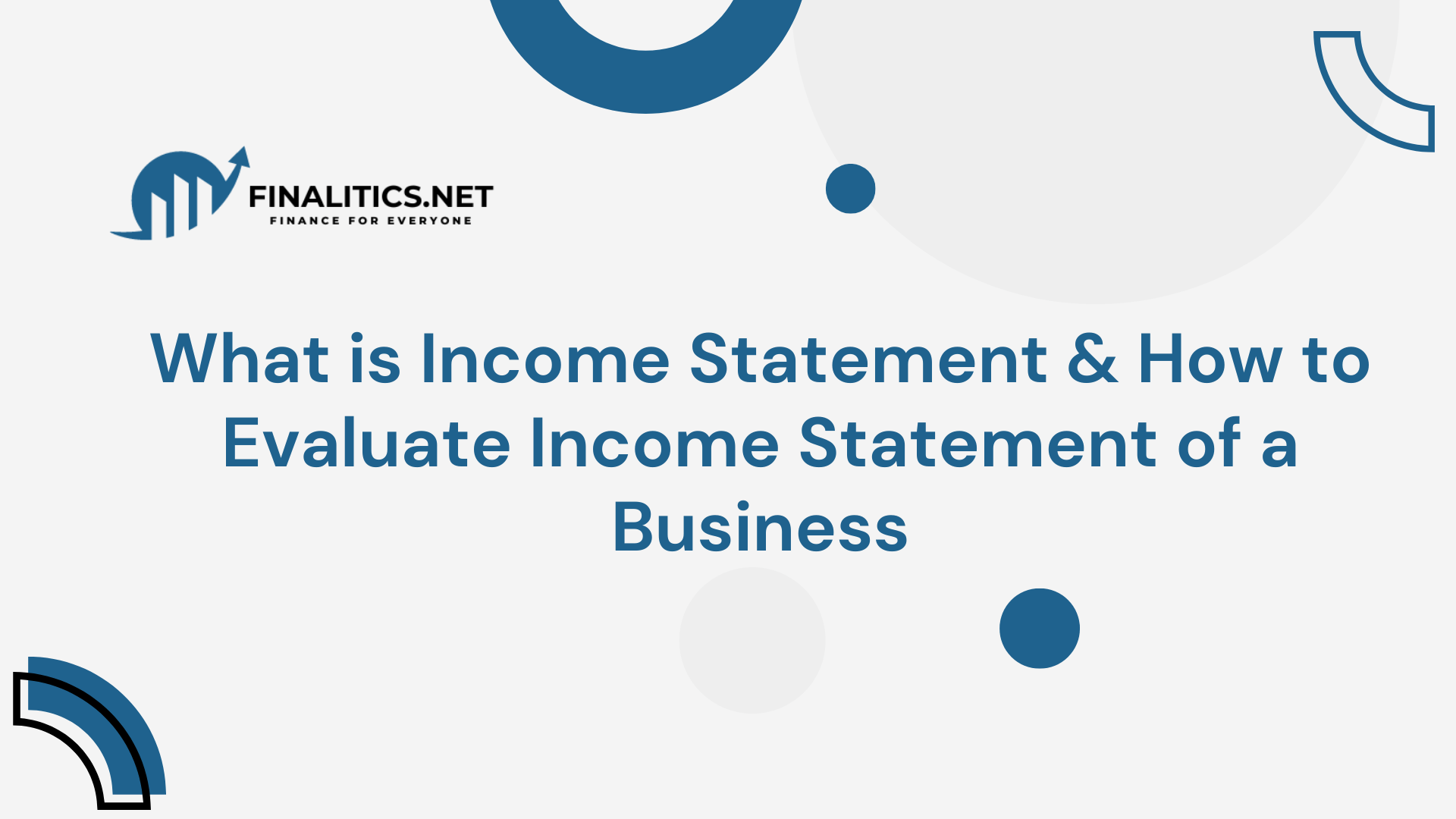In today’s fast-paced business world, standing out from competitors is critical for success. This edge—known as a competitive advantage—is what helps a business attract more customers, boost profitability, and achieve long-term success. But what exactly is competitive advantage, and how can businesses develop and maintain it? Let’s break it down in a simple, easy-to-understand way.
What is Competitive Advantage?
Competitive advantage refers to the unique strengths, resources, or strategies that allow a business to outperform its rivals. These advantages make it difficult for competitors to replicate the business’s success and help attract loyal customers. Think of it as what makes a company special in the eyes of its audience.
Let’s simplify this with an example:
- Imagine two pizza shops in the same neighborhood. One uses fresh, local ingredients and delivers within 20 minutes. The other has average ingredients and slow delivery. Which one would you choose? The first shop has a clear competitive advantage: fast delivery and high-quality ingredients.
Why is Competitive Advantage Important?
Without a clear advantage, businesses risk blending in with the competition. Here’s why developing and maintaining competitive advantages matters:
- Attract More Customers: Customers are drawn to businesses that offer unique or superior value.
- Build Brand Loyalty: When people recognize your unique strengths, they’re more likely to stay loyal.
- Improve Profitability: Competitive advantages often allow businesses to charge premium prices or reduce costs.
- Achieve Long-Term Success: A sustainable advantage helps a company thrive even as markets change.
Types of Competitive Advantages
There’s no one-size-fits-all approach to achieving competitive advantage. Businesses can focus on different strategies depending on their industry, target audience, and resources. Here are some key types of competitive advantages, explained in detail:
1. Differentiation
What it means: Differentiation involves creating unique features, designs, or services that make your product or service stand out from competitors.
Example: Apple has built its brand on differentiation. Its sleek designs, user-friendly interfaces, and seamless integration across devices make its products distinct in the tech industry.
How to achieve it:
- Focus on innovation.
- Invest in branding and marketing.
- Offer exclusive features that competitors don’t provide.
2. Cost Leadership (Low Costs)
What it means: Offering products or services at the lowest possible cost without sacrificing quality.
Example: Walmart achieves cost leadership through its efficient supply chain, bulk purchasing, and focus on low operating costs. This allows it to sell products at lower prices than competitors.
How to achieve it:
- Optimize production processes.
- Source materials from low-cost suppliers.
- Focus on economies of scale (producing more at a lower cost per unit).
3. Niche Marketing
What it means: Focusing on a specific, small market segment and catering exclusively to its needs.
Example: Luxury watch brands like Rolex target affluent individuals who value craftsmanship and exclusivity, making their products highly appealing to a niche audience.
How to achieve it:
- Identify a unique audience with unmet needs.
- Customize products or services for that audience.
- Build a strong brand identity in that niche.
4. High Performance or Advanced Technology
What it means: Leveraging technology or offering exceptional performance that competitors can’t easily replicate.
Example: Tesla has revolutionized the automotive industry with its advanced battery technology and self-driving capabilities, making it a leader in the electric vehicle market.
How to achieve it:
- Invest in research and development (R&D).
- Hire top talent in specialized fields.
- Protect innovations with patents.
5. Quality
What it means: Providing a level of quality that is unmatched by competitors.
Example: Toyota has earned a global reputation for producing reliable, high-quality vehicles that last for years.
How to achieve it:
- Use premium materials.
- Implement strict quality control measures.
- Continuously improve based on customer feedback.
6. Superior Customer Service
What it means: Offering exceptional customer service that goes above and beyond competitors.
Example: Amazon’s quick delivery, hassle-free returns, and responsive customer support make it a favorite among online shoppers.
How to achieve it:
- Train staff to prioritize customer satisfaction.
- Respond quickly to complaints and inquiries.
- Personalize the customer experience.
7. Vertical Integration
What it means: Controlling different stages of production or distribution to reduce costs or improve efficiency.
Example: IKEA owns forests and factories, allowing it to manage material costs and maintain quality.
How to achieve it:
- Acquire suppliers or distributors.
- Streamline operations across the supply chain.
- Ensure consistent quality control.
8. Synergy
What it means: Combining different parts of a business so that the whole is greater than the sum of its parts.
Example: Disney integrates its movies, merchandise, and theme parks to create an interconnected business ecosystem.
How to achieve it:
- Share resources across business units.
- Use cross-promotion between products or services.
- Collaborate internally to enhance value.
9. Organizational Culture and Leadership
What it means: A unique company culture or leadership style that inspires employees and fosters innovation.
Example: Google’s employee-friendly culture attracts top talent and drives creativity, giving it a competitive edge.
How to achieve it:
- Build a strong, inclusive company culture.
- Support employee growth and development.
- Encourage innovation and adaptability.
How to Develop Competitive Advantage
Here’s a simple, step-by-step approach:
- Understand Your Strengths: Identify what your business does better than others. This could be unique products, efficient processes, or superior customer service.
- Analyze Your Competitors: Research competitors to find gaps in their offerings or areas where you can outperform them.
- Know Your Audience: Understand your target customers’ needs, preferences, and pain points.
- Invest in Resources: Allocate resources like time, money, and talent to areas that build your competitive advantage.
- Measure and Adapt: Regularly evaluate your strategies and make adjustments as needed to stay ahead of competitors.
Real-World Examples of Competitive Advantage
- McDonald’s: Revolutionized fast food with consistent quality, quick service, and a global presence. Its competitive advantage lies in efficiency and branding.
- Nike: Combines high-performance products with powerful branding and athlete endorsements, making it a leader in the sportswear industry.
- Coca-Cola: Its global distribution network and iconic brand image give it a competitive edge in the beverage market.
Typical sustainable competitive advantages in different types of business
Final Thoughts
Competitive advantage isn’t built overnight. It requires a deep understanding of your business, industry, and customers. Whether it’s through differentiation, cost leadership, or superior service, the goal is to offer something that competitors can’t easily replicate. By focusing on your unique strengths and continuously adapting to market changes, you can build a sustainable edge that sets your business apart.
Remember, finding your competitive advantage is like solving a puzzle. It takes time, effort, and creativity—but the rewards are well worth it!



